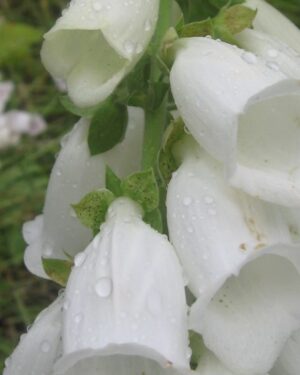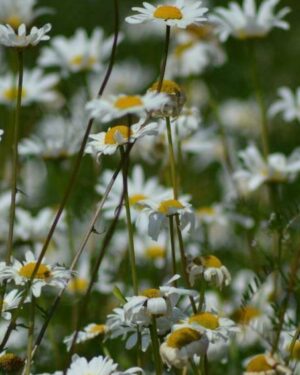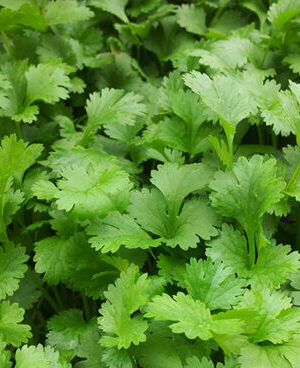Description
TOADFLAX-FAIRY BOUQUET-LINARIA
TOADFLAX – FAIRY BOUQUET- LINARIA. An easy fast growing annual with upright plants and numerous heads of little snapdragon like flowers in a bright rainbow of colours over an extended period. Height 20-25cm. RHS Award of Garden Merit
Cultivation Advice
- Plant in well-draining soil with good fertility. They thrive in full sun to partial shade.
- Keep the soil consistently moist but not waterlogged. Once established, they are moderately drought tolerant.
- Deadhead spent flowers to encourage continuous blooming and prevent self-seeding if you want to control their spread.
- Generally resistant to pests and diseases, making them low-maintenance additions to a garden
- Similar to Toadflax, Fairy Bouquet prefers well-draining soil and thrives in full sun.
- Water regularly but avoid overwatering, as excessive moisture can lead to root rot.
- Regular deadheading encourages prolonged flowering. Cut back stems after the first flush of blooms to promote a second round.
- They are relatively resistant but keep an eye out for aphids or spider mites, especially in warm, dry conditions.
- These plants prefer well-draining soil and do best in full sun to partial shade.
- Water regularly, especially during dry spells. Ensure the soil remains consistently moist but not waterlogged.
- Prune spent flowers to encourage more blooms. Linaria often self-seeds, so deadheading prevents excessive spreading.
- Generally hardy, but keep an eye out for rust or powdery mildew in humid conditions.
- Ensure the soil is well-draining and enriched with organic matter before planting. These plants generally prefer slightly alkaline to neutral soil.
- Space the plants according to their specific requirements to allow for proper growth and airflow.
- When transplanting, handle the roots gently to avoid damage.
- Apply a layer of organic mulch around the base of the plants to retain moisture, suppress weeds, and moderate soil temperature.
- Fertilize with a balanced, slow-release fertilizer in spring to support healthy growth and blooming.
- These plants may behave as perennials or annuals depending on your climate. In colder climates, consider mulching around the base to protect roots during winter.
- Some varieties, especially taller ones, might benefit from staking or support to prevent them from flopping over in windy conditions or when laden with flowers.
- To propagate, consider collecting seeds after the flowering period. Sow the seeds in the desired location or in seed trays indoors, depending on the specific plant’s requirements.
- These flowers can complement other plants in the garden. Consider companion planting with species that have similar water and sunlight needs for a visually appealing and harmonious garden design.
- Regularly inspect plants for signs of pests, diseases, or nutrient deficiencies. Early detection can help in timely intervention.
- Adjust watering based on weather conditions; avoid excessive watering during rainy periods.
- While generally hardy, watch for common garden pests like aphids or caterpillars. Use environmentally friendly methods to manage them.
- Keep an eye out for signs of diseases like powdery mildew or rust. Ensure good air circulation and proper spacing to minimize these issues
- Some varieties of Toadflax and Fairy Bouquet can thrive in containers. Choose smaller or dwarf varieties and provide adequate drainage for successful container growth.
- To collect seeds for future planting, allow some flowers to mature and form seed pods. Harvest the pods when they turn brown and dry, then store the seeds in a cool, dry place for later sowing.
- These flowers often attract butterflies and bees, making them a valuable addition to pollinator gardens.
- Regular deadheading can encourage prolonged flowering and prevent excessive self-seeding.









Reviews
There are no reviews yet.